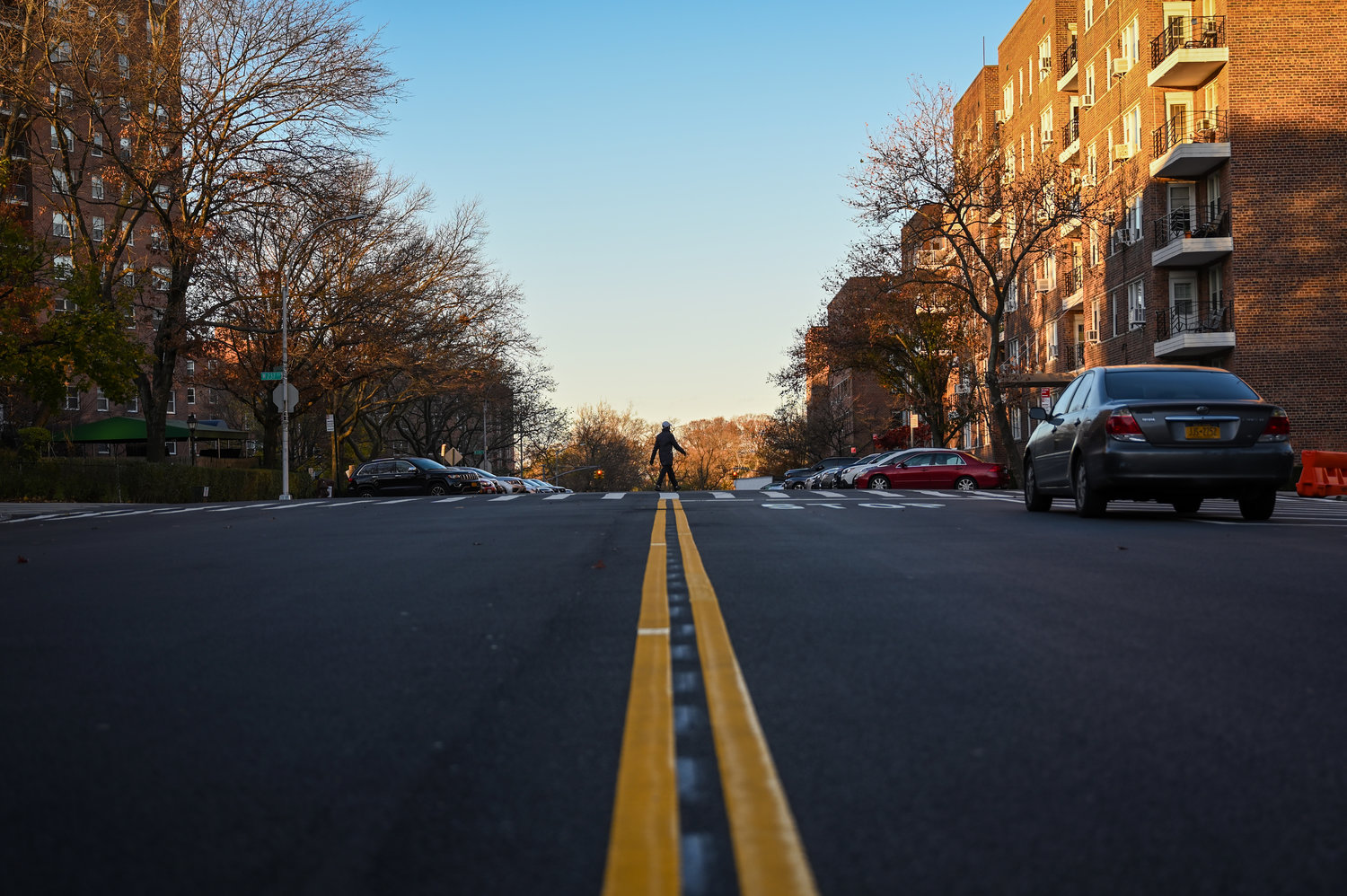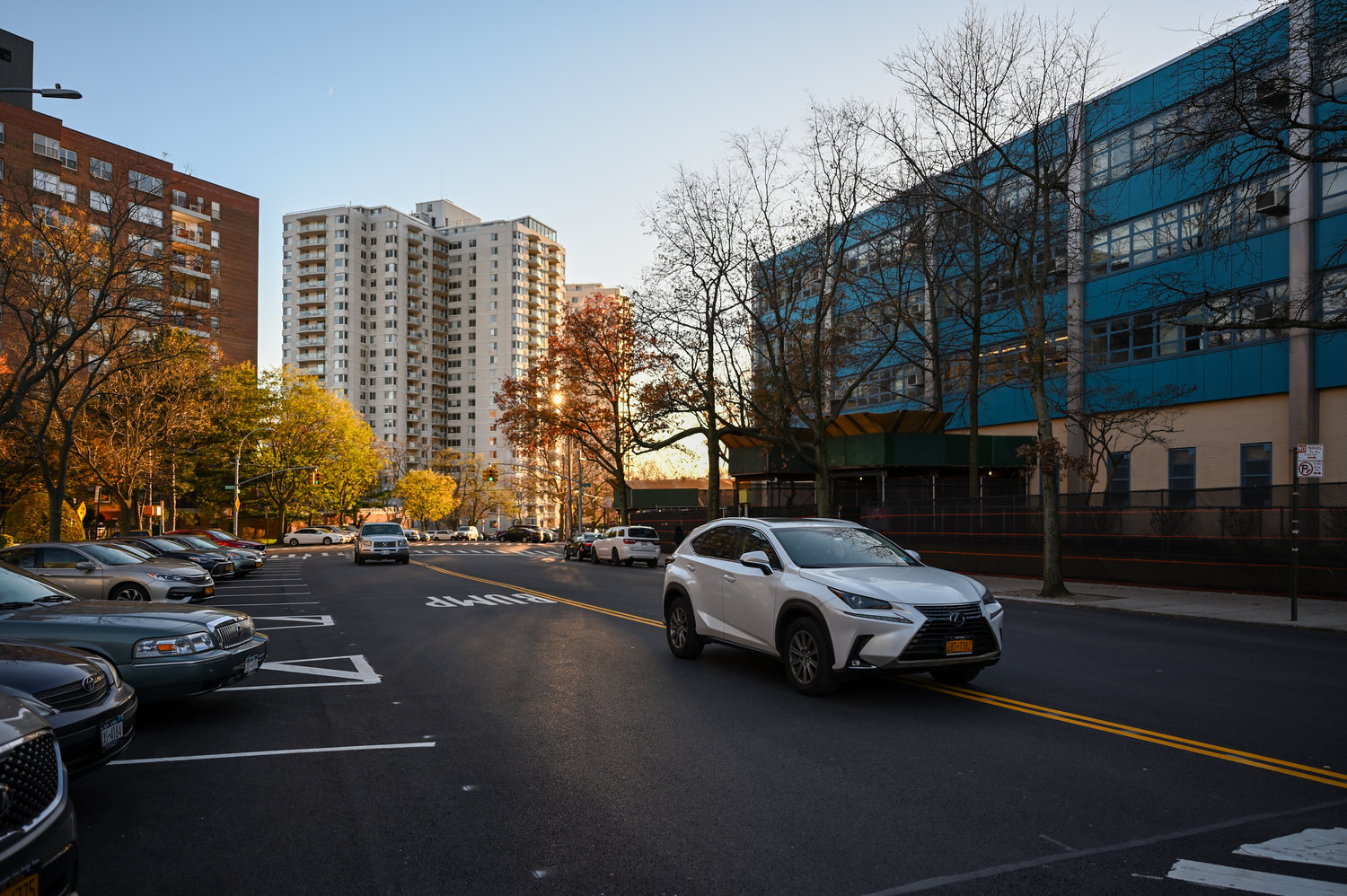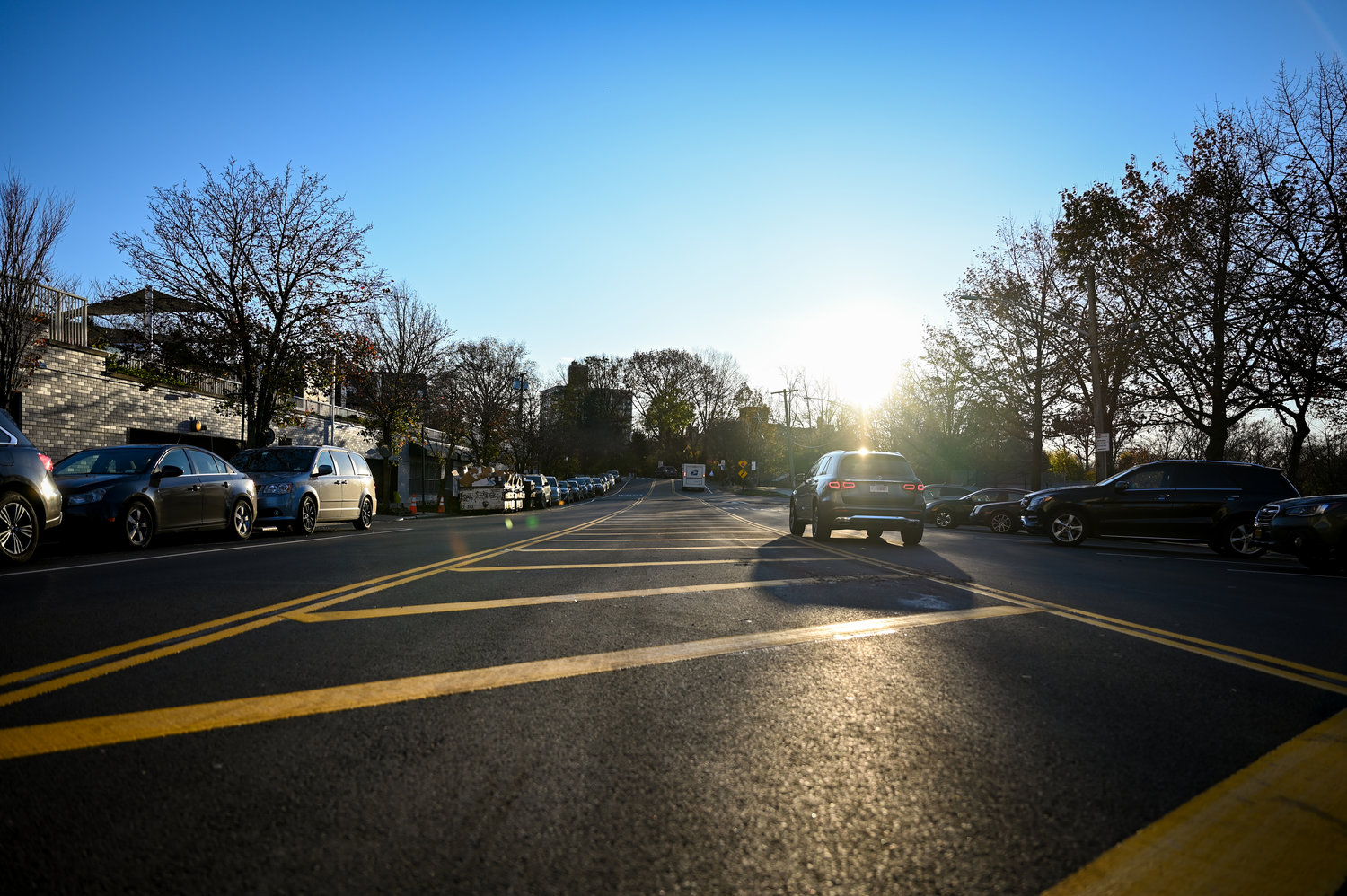Solutions intended to curb drag racing progressing slowly
Nothing worth having comes easy. And that’s the case for eliminating reckless driving and street racing within the confines of Bronx Community Board 8.
While they’ve been on-and-off issues for several years, both practices surged in popularity this past summer. And although Independence Avenue is now armed with new speed humps, neighbors say they haven’t done much to curb these dangerous practices.
Now CB8’s traffic and transportation committee looks for more permanent solutions, beginning not just with its most recent meeting last week, but also through the formation of working groups tasked with researching and developing possible design changes.
One of those groups exploring the issues at Independence Avenue could have its first report as early as the committee’s December meeting, chair Dan Padernacht said. While even he isn’t privy to the particulars of the Independence Avenue working group’s report, Padernacht did mention some potential suggestions that might pop up, like boxing out intersections or additional angled parking.
Once a working group makes suggestions, the full committee will discuss its particulars and at some point present a recommendation to the full community board. If the board approves, that recommendation is then sent to the city’s transportation department. However, what the city agency does at that point is completely up to them — they are not bound by the community board’s recommendation.
DOT officials don’t seem to be waiting for that report before becoming involved. Bronx borough DOT commissioner Nivardo Lopez has been attending committee meetings online as a way to stay in the loop while the traffic and transportation committee deliberates potential solutions.
“The DOT is the ultimate arbiter,” Padernacht said. “That’s another reason why we’re incorporating the DOT in the conversations now. That way, we’re getting their input. And we know what can and can’t be done.”
But Padernacht’s committee isn’t the only one addressing the issue. Ed Greene’s public safety committee also took an interest in the street racing issue. But, according to Padernacht, public safety is more concerned with the noise caused by the high-speed vehicles rather than the racing itself.
Assemblyman Jeffrey Dinowitz, who jumped into the city issue last fall pressuring DOT to replace speed humps on Independence in what has since been an unsuccessful attempt to slow drag racers, has now turned his attention to Albany. There he’s sponsoring and co-sponsoring a few bills intended to increase surveillance and enforcement.
One bill wants to quantify the allowable noise cars and motorcycles can emit — rather than describing noise subjectively as “excessive.” It also wants to equip police cars with decibel readers. This would allow law enforcement to ensure no car makes noise exceeding 60 decibels, and no motorcycle screeches above 95 decibels — equivalent to a shouted conversation.
But there are still some unknowns that need to be addressed, Dinowitz admitted. First, the Assemblyman is unsure how much these decibel readers would cost. Then the state would have to factor in training the officers how to use them.
Nevertheless, Dinowitz believes having an enforceable noise limit might help crack down on some of the issues raised by the community board.
Another bill involving the state lawmaker wants to increase the time speed cameras are allowed to operate in the city’s school zones. Right now, they only run between 6 a.m. and 10 p.m. If Dinowitz get his way, those cameras would operate around the clock.
The only drawback to speed cameras in this situation, some observers say, is that the enforcement is passive — sending a ticket days or even weeks after the problems, and not taking care of the issue immediately.
Still, Dinowitz likes this bill because Independence runs straight through a school zone. It also runs by parks, a library and houses of worship — all areas where children might frequent, even though schools are operating remotely for the time being in the wake of the coronavirus pandemic.
“Schools aren’t open at 3 o’clock in the morning, but I think the cameras serve a very useful purpose whether or not schools are open,” Dinowitz said. “This could easily be done, and (if) people know that they can get a ticket where the cameras are, they’re less likely to speed.”
The final bill, authored by Dinowitz himself, wants to incorporate new criteria into annual vehicle inspections like checking the exhaust system to ensure it works properly and hasn’t been modified to make the vehicle louder.
While this bill might not specifically crack down on reckless driving, it’s intended to address the excessive noise complaints that often come along with it.
Therefore, Dinowitz hopes his bill — if passed — will have a domino effect on speed racers.
“If you ever hear those horribly loud noises of the cars on the highway, those mufflers are modified,” Dinowitz said. “They can actually control, from within the car, to deliberately and specifically make that noise.”
Although the approaches are different, the reality of the situation is apparent to nearly everyone involved: Addressing drag racing issue will take time. But Padernacht hopes that ball could be rolling as early as his first working group report next month.











